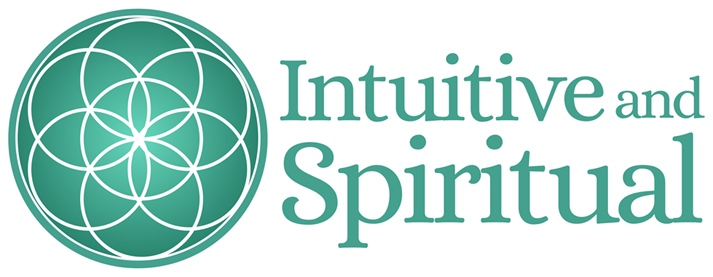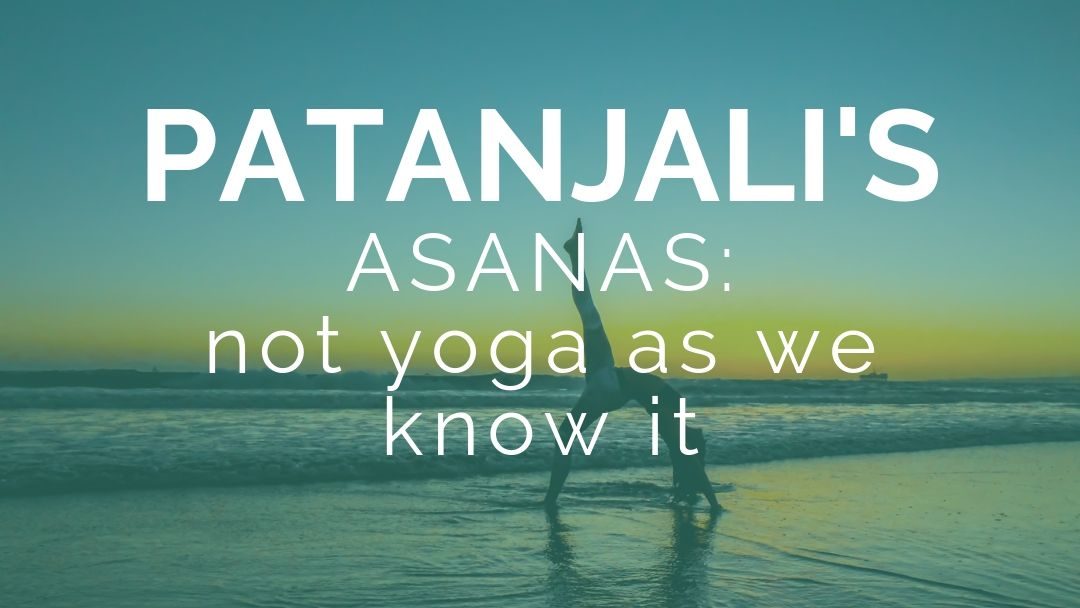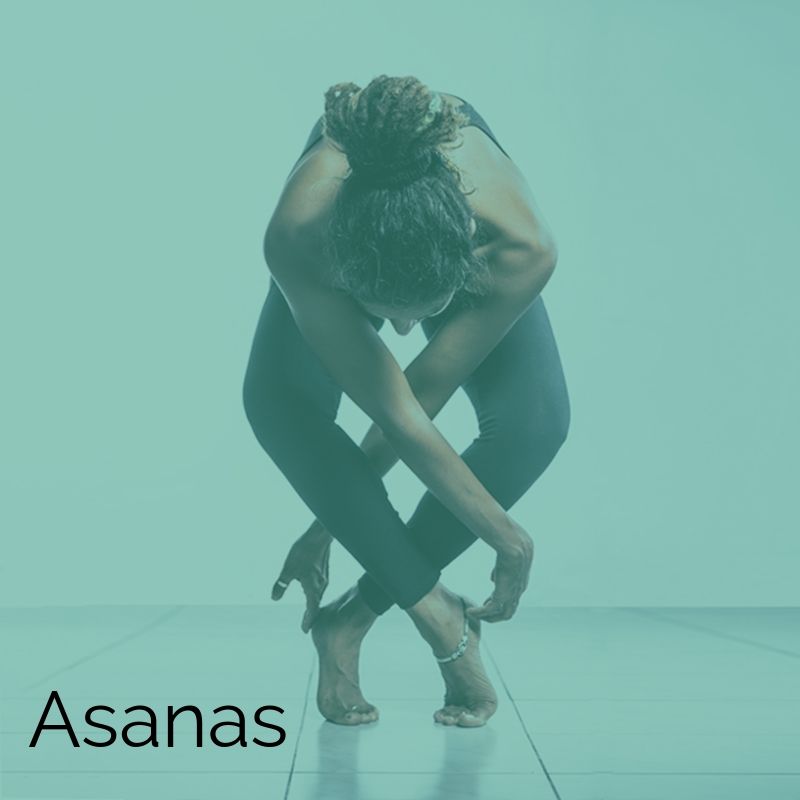The asanas as part of the 8 limbs of yoga
I love a good study of Patanjali and this post deals with Patanjali’s asanas. This post is part of a series on the 8 Limbs of Yoga that Patanjali wrote about centuries ago.
I’d heard of Patanjali through Wayne Dyer and others, but I actually studied his work as part of my meditation teacher training. He wrote the Yoga Sutras. With the help of the Internet, the Yoga Sutras themselves, and my own experiences, I delve into the asanas to see what Patanjali really had in mind.
I found out a few surprising facts.
If you’d like to listen to the video/audio version, just watch below. 🙂
What is an asana?
In a word, asana means “posture.” But that’s not entirely accurate – as translations rarely are perfect. It implies a comfortable position meant to help you as you meditate. It also embodies other terms, such as “steady” or “alignment.”
Interestingly, in the west, the term “asana” has become synonymous with “yoga.” And yoga, at least in the Western sense, means what you do as a type of exercise that involves different postures.
The word “yoga,” as you might have guessed from the yoga sutras is so much more than that – as in, the 8 limbs, and we’re talking about the third limb. The word itself means to “yoke” or to bring together.
Indeed. Yoga brings together the mind, body and spirit. Effectively, you use different “alignments” to help you in your meditation practice. When you steady the body, and find a comfortable way to meditate, you can then help settle your mind, working your way to the eighth limb of yoga, samadhi – the completely settled mind.
Sutras 46 – 47
Interestingly, Patanjali doesn’t talk much about the asanas. To him, they were secondary to meditation itself. He suggested that you help your body to become more limber to assume the different meditation poses, but then that was it. In his yoga sutras, the asanas get two mentions:
- “The physical postures should be steady and comfortable.”
- They are mastered when all effort is relaxed and the mind is absorbed in the infinite.
As cited in: Shearer, Alistair, translator. The Yoga Sutras of Patanjali. Patanjali, Random House, 1982.
The idea of the asanas are centuries-old. Yoga as we know it today, however, is a recent phenomenon.
This is actually quite telling. Yoga, as we know it in the west, only developed in the late 19th and early 20th centuries as a blending of western gymnastics and wrestling moves, as well as influences from indigenous people in India, and Indian combat poses, among others.
Indeed, the yoga poses that so many people practice are heavily westernized – including in India itself! The yoga of the East was secondary to the practice of regular meditation, and included few postures. Even in India, the use of many different postures didn’t happen until the 1920s or 30s when physical exercise became more popular.
It makes me wonder just how old the 5 Tibetans are – there are only five main exercises, and is said to be 2,500 years old. But, there is also qi gong – something I also practice – that has similar moves repeated in yoga. Qi gong, or the more Chinese pronunciation, chi kung, was a practice that the Chinese military used to defeat the Mongolians long ago.
What would Patanjali tell us if he lived TODAY?
Based on my reading of the Yoga Sutras of Patanjali, and knowing what I know about meditation, I think Patanjali would have just a few things to say about the asanas.
I’m just going to pretend that I have a rare opportunity to interview the elusive Patanjali. In conversing with this enlightened being, I share what he’d say:
CS: Patanjali, it is an honor to meet you. I’ve read your books and your works have influenced cultures around the world.
P: [bows his head in reverence]
Today’s World
CS: Today’s world – especially in the West – is achievement-crazed and fast-paced. Many people are stressed and seek external validation. They do not always know or think to look within. What advice would you give to help people learn to embrace a calmer, less externally-oriented existence?
P: Thank you for this question. You know, Cynthia, too many people do not balance their activities. Many do not get adequate exercise. Or if they do, they do not pair it with exercising the mind and spirit along with it. They treat them as separate, and they are not. Exercise also doesn’t mean “no pain, no gain.” It means honoring your body, and pushing it only as far as it can go on that day. One can find stillness even in exercise. You humans have developed a whole series of asanas since the time I walked the earth. I suggest that people practice exercise that allows a focus on the breath so that you can emphasize the connection between mind, body, and spirit.
Hard Exercise
CS: People love to run marathons and lift weights. Are you suggesting this is not the best way to go?
P: I am suggesting that you only honor the body and what it can do in the moment. I will say, however, that exercise can be extraordinarily simple, such as “standing like a tree.” If you pair this slow exercise with breathing and a good teacher, it will change you – mentally, physically, and emotionally.
What about the sutras?
CS: Just one more question. What exactly did you mean in sutras 46-47?
P: The postures – the asanas – are meant to help you sit for longer periods of time in meditation without getting sore or hurting your muscles. Remember, your intent is to settle the mind. The best way to do this is through silence and creating the space for silence in your daily life. Until you can achieve this, you will not be able to effectively settle the mind. My sutras are meant to help you do just that.
CS: Thank you, Patanjali. I know you are incredibly busy in the multiverse and I will leave you to it. Thank you for sharing your words of wisdom. And thank you to the readers out there who entertained this fun dialogue!
References:
The 8 Limbs of Yoga Explained
Asana: Effort without strain
Asana: The 3rd Limb of Yoga Explained
Patanjali never said yoga is fancy poses
Sutra 2.46: what is asana?
The Ancient & Modern Roots of Yoga



Absolutely enjoyed your “supposed” interview here and love the concept of understanding and honoring our body’s needs for any given day even if you can’t excercise or be as mindful sometimes it is just what the body needs to not do this or more. That said, enjoy your travels and will keep an eye out for your posts. Will comment and share as much as I can, too. Hugs and have a wonderful week, as well xoxo <3
Sweet Janine! Hehe, I’m commenting from the road. I’m glad you liked the interview. 😊 Yes, it’s all about honoring your body where you are right now. I hope you have a wonderful week! Sending you big 🤗 hugs!